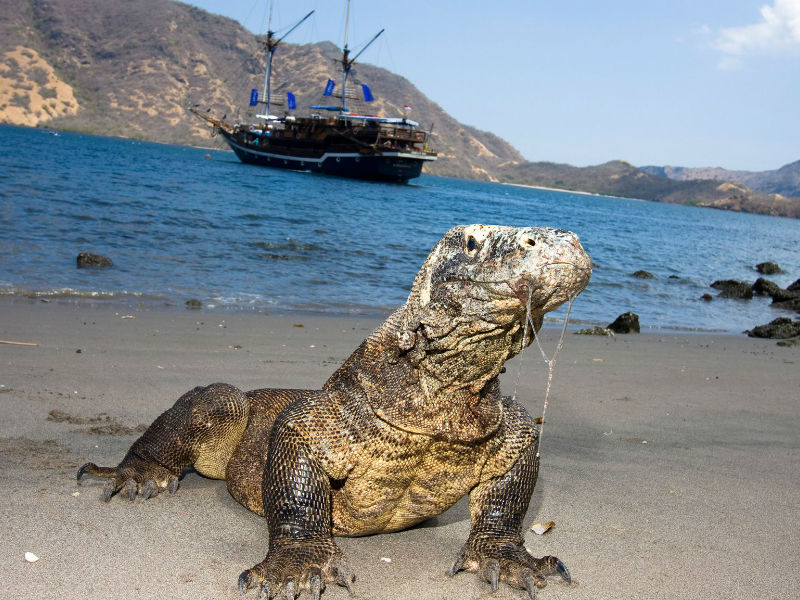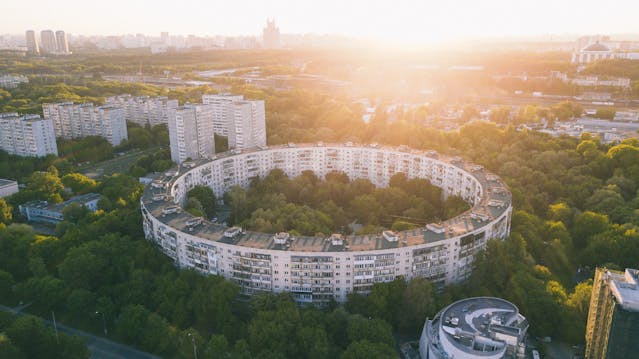
Human Activities and Forest Loss Have Endangered Over 100 Iconic World Heritages
Human activities and the booming intensity of urbanization across the globe have endangered more than 100 iconic world heritages, warned a new research conducted by an international team of researchers. Continual loss of forests and human threats are driving more dangers towards the world heritages and each of those sites, which human want to preserve.
In the study, published in the science journal ‘Biological Conservation’, the researchers highlighted how human activities are affecting the ecosystem of the world and its precious heritage sites. For conducting the study and concluding the reports from it, the researchers took an international standard known as Human Footprint into account. Human Footprint is a directory that represents the comparative manipulations of humans in world’s different areas by gauging their structures, transportations, the density of population, cultivation, night lights, and some other crucial factors.
The scientists also reviewed the intensity of forest loss with the help of Global Forest Watch – a real-time observational map, and the surveillance reports of Google Earth satellite. By employing both measurements, the researchers also captured the changes that the world heritage sites have witnessed over the years.
The Natural world heritage sites, recognized by Unesco, including 229 locations across the globe are measured to have “exceptional universal ethics” and holds the ancient values of humanity. The sites go beyond national boundaries and recorded as the most precious locations of the globe. However, due to the harmful human activities and constant loss of forests have been damaging them, which soon might go beyond reparation standard.
As revealed in the study, from the Great Wall of China to the porches of Machu Picchu, more than 100 iconic world heritage locations are under threat because of human activities and forest loss. The heritages, which have preserved the exclusive beauty and historic significance of humanity, are being jeopardized due to the urbanization, forest loss, and human activities.
Other significant locations including the spectacular Río Plátano Biosphere Reserve in Honduras which brings to light the natural beauty of the world as well as some other biodiversity of World’s some of most beautiful spots are have been endangered due to the above-mentioned reasons, warned the new study. In the research paper, the scientists also highlight that over 100 valuable natural heritage locations are already being scratched by human activities and the amount in expected to boost in the near future.
As mentioned in the new study, 63% of the total global heritage sites, which are subjective to research and experiments have had undergone through intense pressures created by human beings, including encroachment of infrastructures, agricultural development, construction of transportation modes, and other settlements since 1993. 91% of those analyzed natural world heritage areas that enclose forests have experienced extreme loss of forests since 2000. Since past few decades, the human pressure on the natural heritage sites has increased significantly, which might soon end up with some unexpected consequences, cautioned the research paper.


